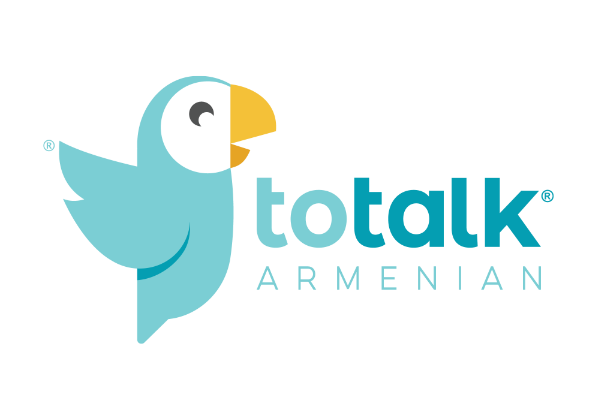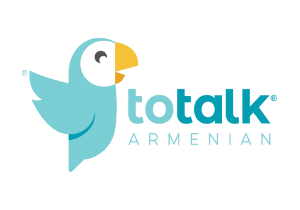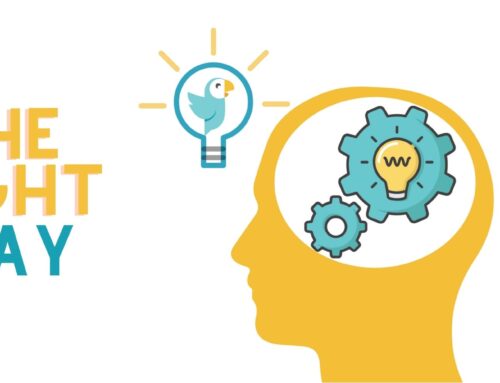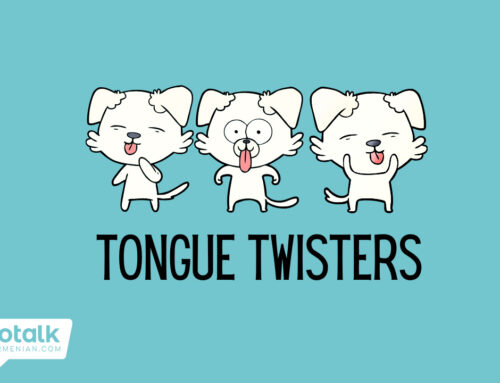What makes difference?
Learning how to speak Armenian confidently is a bit more difficult than picking up a few words and phrases. However, for those who are trying to learn how to speak Armenian easily in conversations, you’ll need to get beyond vocabulary lists and memorization. Sure, memorizing is a wonderful technique to learn a new language, but traditional methods of memorization alone won’t help you remember it in a month, six months, or a year!
ToTalk® Armenian teaches to learn Armenian by moving beyond the traditional memorization techniques that we’ve all grown up familiar with. We’re reducing the stress-inducing part of memorizing words by studying Armenian in context. During our classes, we ensure that student understands and learns by engaging them in interesting activities that help them link the knowledge in their brains. It’s a proven way that provides them with a deep understanding of language and fills their brains with background knowledge.
Alternative Learning Strategy for children
We know that children (and adults!) learn best when:
- their minds are actively engaged
- they can meaningfully connect the play to their lives
- they’re socially interactive
- they can test things out iteratively
- there are no spoilers beforehand, making the play surprising and joyful
If the student was born and raised in America (or elsewhere) and speaks English (or another language) with his friends at school, then they’re probably English-dominant. This means that they think, speak, read, and write in English more comfortably and more naturally than any other language.
When a student sees an image of an apple, their English-dominant brain instinctively thinks “apple.”
ToTalk® Armenian knows this, and they’re moving beyond just hammering the word khndzor (խնձոր= apple) into their brain over and over.
When they learn that apple means khndzor in Armenian, they won’t remember it the first time, and we won’t force them to remember either.
Instead, we’ll create a fun learning environment and cater to every type of learner by incorporating games, stories, drawings, role-playing, etc. into their lessons.
So, after playing chutes and ladders, hearing their teacher tell stories that involve Farmer’s Markets and repeatedly mention kndzorner, and then drawing and describing their masterpiece, their English-dominant brains will begin to automatically connect kndzor with apple.
The next time they see an apple, they will draw a connection between the image in their brain and two different words for the object.
They remember kndzor not because they simply memorized the word by saying it over and over again, but because they learned the meaning of it through comprehensive learning methods that appeal to all learners.





